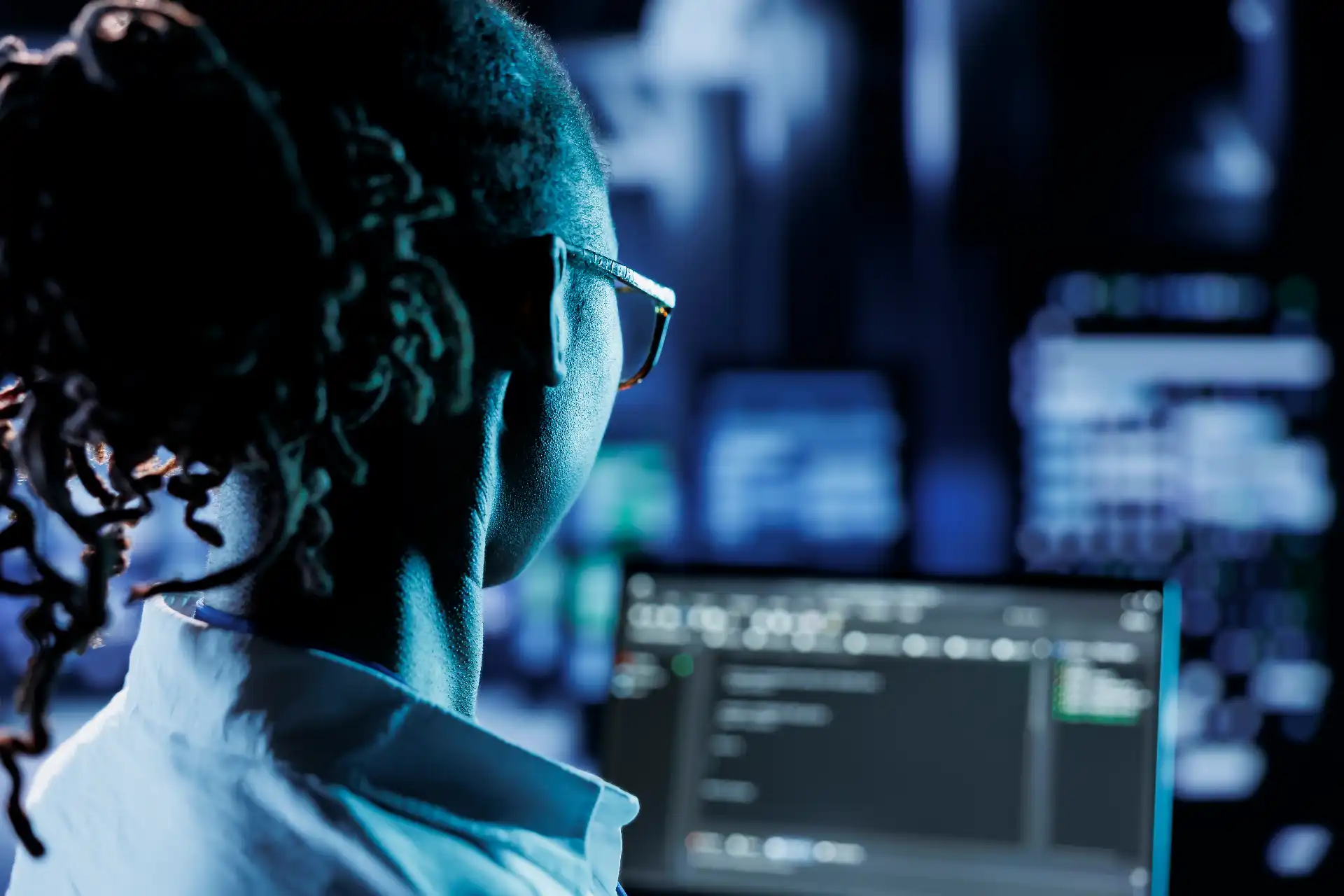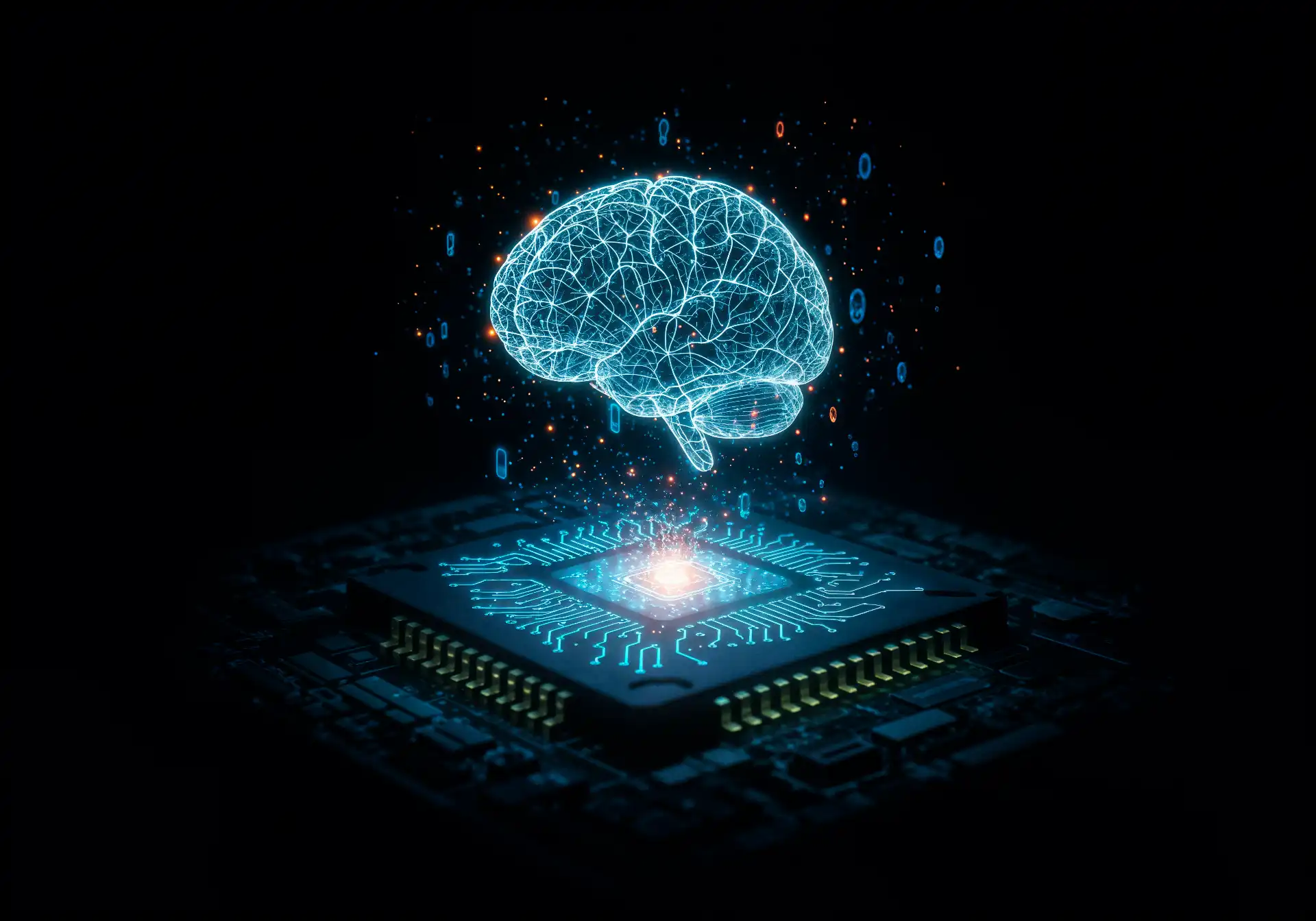Ghibli effect: a matter of compliance or creative freedom?

Ghibli effect: a matter of compliance or creative freedom?
Studio Ghibli's magical and nostalgic aesthetic has returned to the spotlight. But this time, the issue is not related to the release of a new movie. What went viral was the explosion of images generated by artificial intelligence in the visual style characteristic of the Japanese studio. The movement gained strength after the launch of a new feature in ChatGPT, allowing users to create images with simple commands.
This functionality attracted more than one million users in just one hour, according to Sam Altman, CEO of OpenAI. The repercussion was immediate. Images inspired by movies such as “Chihiro's Journey” and “My friend Totoro” dominated social networks. The phenomenon quickly became a trend. But behind the enthusiasm and creativity, there's a more serious discussion going on behind the scenes: where does innovation end and where does intellectual property violation begin?
When Inspiration Crosses the Legal Risk Line
The Ghibli style is unique. Created by animation masters like Hayao Miyazaki, it carries an unmistakable aesthetic signature. However, the ability of AI to replicate this style has raised ethical and legal questions. Are we facing a new frontier between homage and misappropriation?
In response to the controversy, OpenAI stated that it avoids allowing the generation of images in the style of living artists. However, it made an exception for studios with widely recognizable styles, such as Ghibli. The company's justification is that it is a creative and inspirational fan movement, not direct copies. The objective, according to them, is to promote the creative freedom of users, while recognizing that the use of other people's visual styles remains a sensitive point in the development of technology.
The criticism of the artistic sector
This flexibility did not go unnoticed. Over 400 cultural professionals, including filmmakers and musicians, signed an open letter accusing OpenAI of actively working to weaken copyright protections, jeopardizing original creative work.
In practice, this generates a clear side effect: legal instability and compliance risks for companies that use generative models. The use of AI must be guided by solid governance policies, which consider everything from the origin of the data used to the regulatory and reputational impact of its outputs. In this context, the use of the aesthetics of a studio like Ghibli, even with good intentions, can escalate to a major problem.
Will artificial intelligence redefine what is original?
What we see with the so-called Ghibli Effect is a reflection of a deeper dilemma. On the one hand, there is the undeniable power of AI to democratize visual creation and bring to life ideas previously inaccessible to those who do not master professional tools. On the other hand, there is a responsibility to ensure that these creations respect legal, ethical, and cultural boundaries.
Companies that want to adopt generative AI solutions in their strategies need to understand that creative freedom does not eliminate the need for compliance. On the contrary, it requires organizational maturity, clear policies, and constant monitoring to avoid violations that can be costly in terms of image and legal penalties.
The question that hangs over the market today is whether originality can still be measured in traditional ways. After all, if a user asks AI to create an image “inspired by Ghibli”, but the result doesn't faithfully reproduce any of the studio's works, is there a violation or not?
The challenge lies precisely in the gray area. It's not always easy to determine the line between legitimate inspiration and misuse. This makes it even more relevant to adopt tools that help with traceability, verification of source data, and ethical use of technology.
Freedom without responsibility is a risk
The trend is clear: the use of generative AI will continue to grow, and discussions about copyright, ethics, and governance will gain more and more space. The Ghibli Effect is just one example of what's already happening on a global scale.
Companies, developers, and users need to understand that innovation isn't just about creating. It's also about answering for the consequences. Adopting cutting-edge technology requires strategy, responsibility, and a keen eye for what is to come.
Posts Relacionados
Informação de valor para construir o seu negócio.
Leia as últimas notícias em nosso blog.


COBIT: o framework que consolida a governança de TI como pilar estratégico da organização
Saiba como o COBIT estrutura a governança de TI e como aplicá-lo na prática com tecnologias como o Oráculo.





